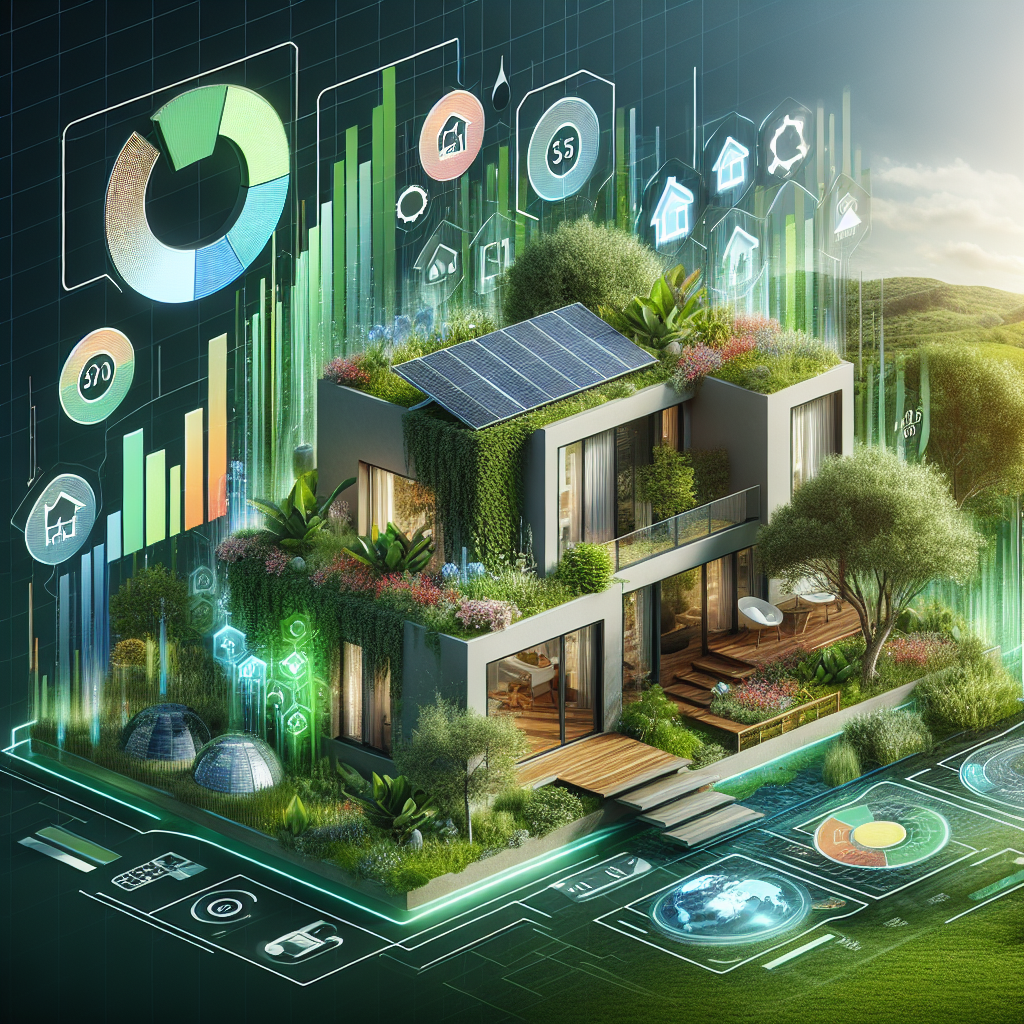As the world grapples with the impacts of climate change and an ever-growing population, the focus on sustainable living has never been more critical. Homeowners and builders alike are increasingly recognizing the importance of eco-friendly practices in home design. With advancements in technology and a growing awareness of environmental issues, innovative solutions are emerging in sustainable home design. This article explores the latest trends that are shaping the eco-friendly homes of the future.
1. Renewable Energy Integration
One of the most significant trends in sustainable home design is the integration of renewable energy sources. Solar panels have become a staple, offering homeowners the ability to generate their own energy and reduce reliance on fossil fuels. Recent innovations, such as solar shingles that blend seamlessly with roofing materials, are making it easier for homeowners to adopt solar energy without compromising aesthetics. Additionally, battery storage systems allow homeowners to store excess energy generated during the day for use at night, further enhancing energy efficiency.
2. Smart Home Technology
Smart home technology is revolutionizing the way we live, and its application in sustainable design is no exception. Smart thermostats, energy-efficient lighting, and automated systems that optimize energy use can significantly reduce a home’s carbon footprint. Homeowners can monitor their energy consumption in real time and receive recommendations for reducing waste, leading to lower utility bills and a smaller environmental impact.
3. Sustainable Materials
The choice of materials is critical in sustainable home design. Architects and builders are increasingly opting for sustainable materials such as reclaimed wood, bamboo, and recycled metals. These materials not only reduce the demand for new resources but also often have a lower environmental impact during production. Innovations like biocomposite materials, which are made from natural fibers and resins, are also gaining traction, offering durable and eco-friendly alternatives to traditional building materials.
4. Water Conservation Systems
As water scarcity becomes a pressing global issue, incorporating water conservation systems into home design is essential. Rainwater harvesting systems capture and store rain for irrigation and other non-potable uses. Low-flow fixtures and smart irrigation systems that adjust based on weather conditions can further minimize water usage. Additionally, greywater recycling systems, which reuse water from sinks and showers for irrigation, are becoming more common in sustainable homes.
5. Green Roofs and Living Walls
Incorporating greenery into home design serves multiple purposes: it enhances aesthetics, improves air quality, and offers insulation benefits. Green roofs and living walls are trending as effective ways to bring nature indoors and minimize environmental impact. These systems not only provide insulation but also help to manage stormwater runoff, improve habitats for local wildlife, and contribute to the overall sustainability of a property.
6. Passive Design Principles
Passive design principles aim to optimize a home’s natural heating and cooling capabilities. By strategically placing windows and using thermal mass materials, homes can naturally regulate their temperature, reducing the need for active heating and cooling systems. This approach not only saves energy but also enhances occupant comfort. Trends like large south-facing windows that harness sunlight and shaded outdoor spaces to reduce glare and heat are increasingly commonplace in modern sustainable homes.
7. Modular and Prefabricated Construction
The rise of modular and prefabricated construction offers significant sustainability benefits. These building methods reduce waste, as components are manufactured in controlled environments, resulting in minimal excess materials. They also allow for quicker construction times, reducing the energy consumption associated with longer building phases. Innovations in modular design are facilitating the delivery of customizable, eco-friendly homes that meet the unique needs of homeowners.
8. Indoor Air Quality Solutions
As awareness of indoor air quality grows, so does the demand for design solutions that promote a healthier living environment. Innovations such as advanced ventilation systems, air purifying plants, and non-toxic finishes contribute to cleaner indoor air. Homes are increasingly being designed with materials that emit low or no volatile organic compounds (VOCs), creating spaces that are not only eco-friendly but also healthier for occupants.
Conclusion
The trends in sustainable home design reflect a growing commitment to environmental responsibility and a desire to create harmonious living spaces. By incorporating eco-friendly innovations, homeowners can reduce their carbon footprint, enhance their quality of life, and contribute positively to the planet. As technology continues to evolve, the future of sustainable home design looks promising, paving the way for more efficient, comfortable, and environmentally conscious living. Embracing these trends not only benefits individual homeowners but also plays a critical role in the broader movement towards a sustainable future.


